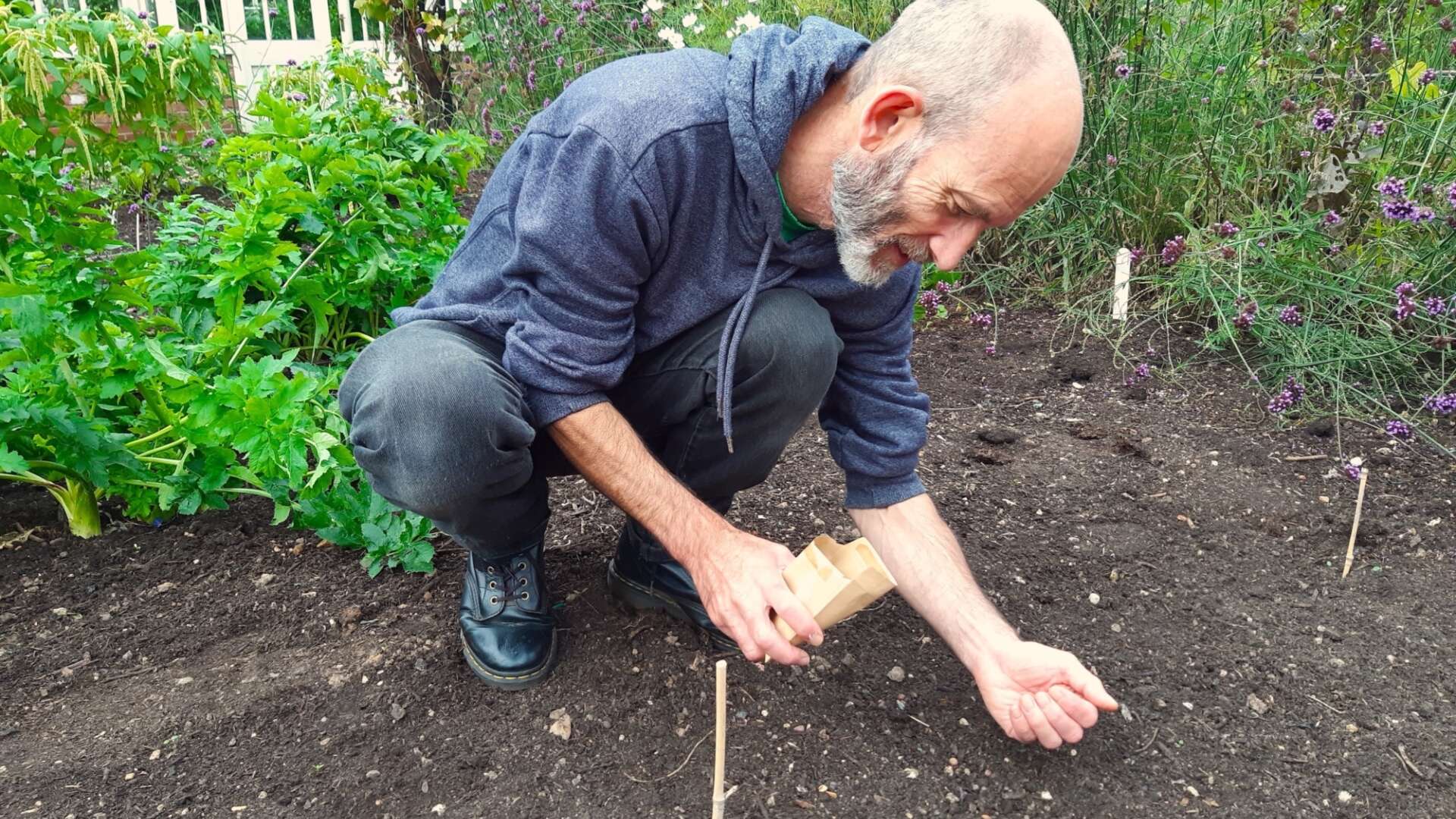Is there such a thing as NoDig green manures?

Green manures are plants that are grown to improve the soil. They are a sustainable option for gardeners as not only do they improve soil health and prevent nutrient loss, but many are legumes that recharge soil fertility.
Traditionally, they’re incorporated into the soil by digging, shortly before the next food crop is due to be grown. This has led to the frequently repeated myth that if you practice NoDig gardening, then you can never grow a green manure. This simply isn’t true! It does, however, mean the green manures will need to be managed slightly differently.
If you simply chop down a green manure and leave it on the surface of the soil, you’ll either end up with pile of dried out tough stems, or if it’s more lush foliage, it will form a slimy green mat on the surface of your soil. Neither is desirable, but we can avoid them through these three simple choices:
1. Choice of plants
We would suggest choosing annual plants with soft stems and foliage such as crimson clover, Persian clover, phacelia, vetch or buckwheat. Grazing rye is common in seed catalogues but it’s generally difficult for gardeners to incorporate, and the perennial clovers such as red or white clover will be difficult to kill off without digging in.
2. Timing
Once green manures pass the flowering stage and start to produce seedpods, they usually become tougher and more difficult to incorporate. Keep an eye on the state of the vegetation and try gently squeezing the stems to see if they are still soft and lush or whether they are starting to turn woody.
3. Mulching
In a NoDig system, green manures will not break down well if they are just chopped down and left on the surface. It’s best to chop them up, then apply a generous layer of compost, a few inches thick to cover them. This will also help to suppress any regrowth. This should be done at least three or four weeks before planting your next crop to allow them to break down. Any larger tougher stems may need to be taken out and put in your compost.
For more general information on using green manures head to our green manures page.